
Geoffrey OGara
WHAT YOU SEE IN CLEAR WATER
A journalist and the author of A Long Road Home: Journeys Through Americas Present in Search of Americas Past, Geoffrey OGara lives in Lander, Wyoming.
ALSO BY GEOFFREY OGARA
A Long Road Home
 FIRST VINTAGE DEPARTURES EDITION, AUGUST 2002
FIRST VINTAGE DEPARTURES EDITION, AUGUST 2002
Copyright 2000 by Geoffrey OGara
All rights reserved under International and Pan-American Copyright Conventions. Published in the United States by Vintage Books, a division of Random House, Inc., New York, and simultaneously in Canada by Random House of Canada Limited, Toronto. Originally published in hardcover in the United States by Alfred A. Knopf, a division of Random House, Inc., New York, in 2000.
Vintage is a registered trademark and Vintage Departures and colophon are trademarks of Random House, Inc.
The Library of Congress has cataloged the Knopf edition as follows:
OGara, Geoffrey.
What you see in clear water : life on the Wind River Reservation / Geoffrey
OGara.1st ed.
p. cm.
1. Shoshoni IndiansSocial conditions. 2. Shoshoni IndiansGovernment relations. 3. Arapaho IndiansSocial conditions. 4. Arapaho Indians Goverment relations. 5. Indians, Treatment ofWyomingWind River Indian Reservation. 6. Wind River Indian Reservation (Wyo.)Social conditions. 7. Wind River Indian Reservation (Wyo.)Environmental conditions.
I. Title.
E99.S4.O38 2000
978.763dc21 00-034913
eISBN: 978-0-307-76645-8
Author photograph Sara Hunter-Wiles
Map by Hannah Hinchman
www.vintagebooks.com
v3.1
Wyoming Law partners Andrew Baldwin and Berthenia Crocker helped me understand many of the issues discussed in the book, and while they played roles during parts of the legal battle over the Wind River, theyve been rendered largely invisible in this book. This is because one of them, Berthenia, is my life partner, and I could show little objectivity in portraying someone I admire and love so much.
What we call mans power over nature turns out to be a power exercised by some men over other men with nature as its instrument.
C. S. L EWIS , The Abolition of Man
Contents
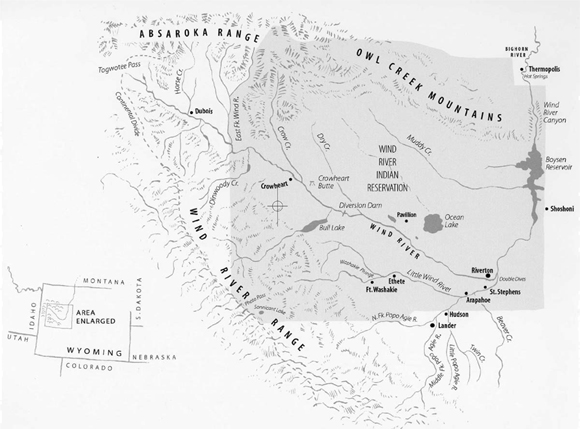
Introduction
Writing about real events, one sometimes strains to accelerate the plodding tempo of everyday life and discourse to a more dramatic pace. In the case of the Wind River Valley, though, such frustrations are rare. If anything, the shorthand of hurriedly scribbled notes and the decorum of restrained storytelling may have on occasion reduced colorful speech and events to something less expressive than they were in real life.
I gathered material for this book over a period of fourteen years: first as a newspaper and magazine reporter; then as a friend of people in the valley, with no particular mission; and finally, with the more focused aim of producing this book. As a result, I reach into an enormous grab bag of material to bring forth a handful of story. Just as a historian must wrestle with the professional urge to include and footnote every last item of historical minutiae unearthed, I have struggled with what to put in and leave out of a book that might otherwise meander like a river that has spilled from canyon onto open plain.
This is a work of nonfictiona declaration that seems more necessary today than it might have been a few decades ago. For brevitys sake, I have sometimes compressed the chronology of events, but only when such modifications have no bearing on the narrative that constitutes the larger historical record. In one instance I have changed the name of a family, at their request, and some identifying characteristics in their story, to protect their privacy. The stories recounted represent my own research and experience, the accounts of others, and gleanings from historical records.
Few residents of the Wind River Valley have ever sought the spotlight; if anything, we who live here share a happy secret in our lack of notoriety, which helps to sustain the delicate natural beauty of the surrounding wildlands. If one can assign a lesson to a book like this (a hopeless task), mine would be: Every watershed in the country, even those straddled by urban sprawl, has its own particular and subtle order, its own vying cultures, its own imprinted past and imagined future, waiting to be discovered. So I would hope in the end that the people exposed in this book can find in it some worth to ease their discomfort, and then will be allowed to retreat into the community that owns them to continue with their private toils and affections.
Prologue
Seventeen years ago I drove a forest green Land Cruiser towing a U-Haul trailer from Washington, D.C., to Wyoming, two thousand miles horizontally and one mile up in elevation. Like a lot of people traveling west, I came with a joyful noise, opening the window now and then to shout hosannas at the prairie dogs in the badlands and the antelope in the bunchgrass. The plains emptied out around me and the mountains loomed ahead, and urban irritations fell away as the challenge of bad weather and chancy geography took their place. Antelope! by God, lifting their pronghorns to chew skeptically as we went shouting by. A river with geese on it, and the sky above the tent barnacled with stars!
My way into Wyoming was along the Bighorn River, which began farther west and higher up as the Wind River in the mountain range of the same name. The Bighorn joins with the Yellowstone River in Montana and flows to the Missouri and the Mississippi and the sea, but I was heading upstream on the two-lane highway that runs beside the river. It cuts through a small range called the Owl Creek Mountains, and here the name changes: everything above is Wind River, everything below is Bighorn. No one remembers why, but perhaps the Name Givers were influenced by the rivers illogical decision to cut through the mountains and go north, instead of taking the easy route east across the plains. The Owl Creeks enclose the lower end of a basin that, followed upstream, curves south, east, and then north, draining the towering Wind River Mountains in the west.
Entering the bottom of the steep canyon through the Owl Creeks, still seventy miles shy of the town where I would begin a new job, I passed a nondescript green sign that might well have marked merely the transition from one county to the next. But this one read ENTERING THE WIND RIVER INDIAN RESERVATION .
Throughout the West, thats all the indication you get that youve crossed the border of an Indian reservation. You may feel, as I did, an uptick of curiosityoh, I hadnt realized there were Indians just herebut after a few moments of glancing about for something different, youre simply in the West again, stunned by the scenery. There are no border guards, no sudden changes in pavement or roadside vegetation, no people in odd habitation or colorful dress.


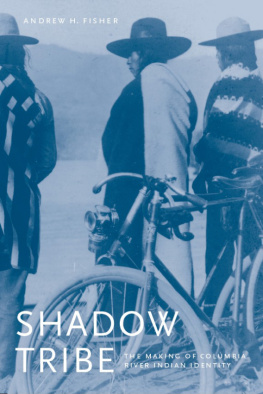
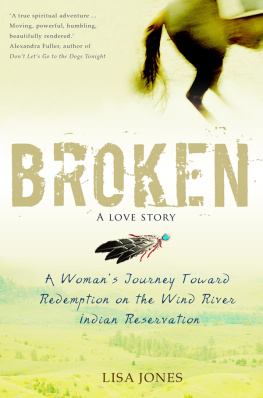

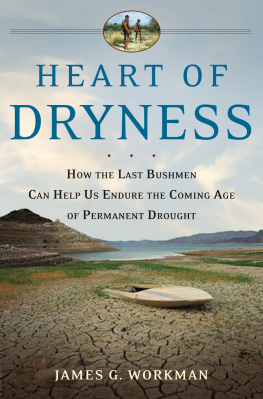
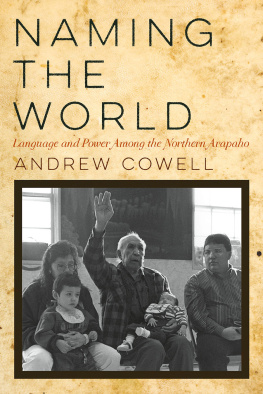

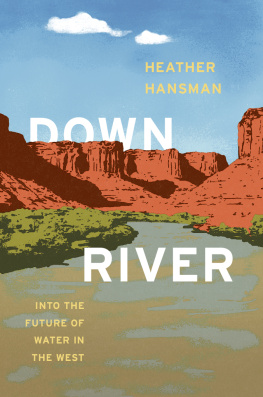
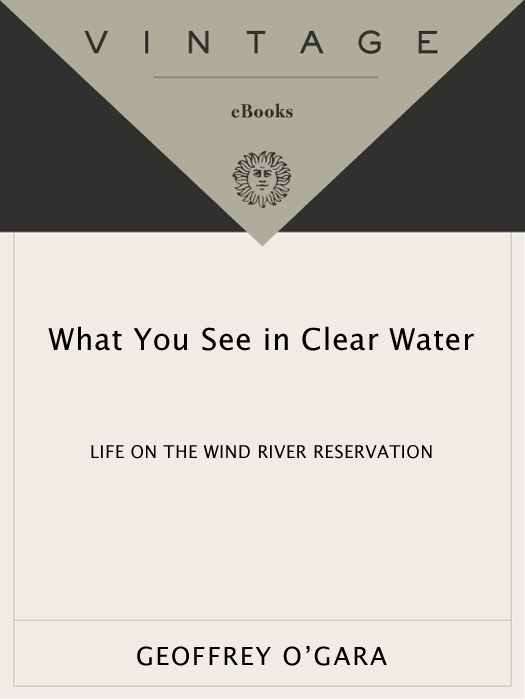

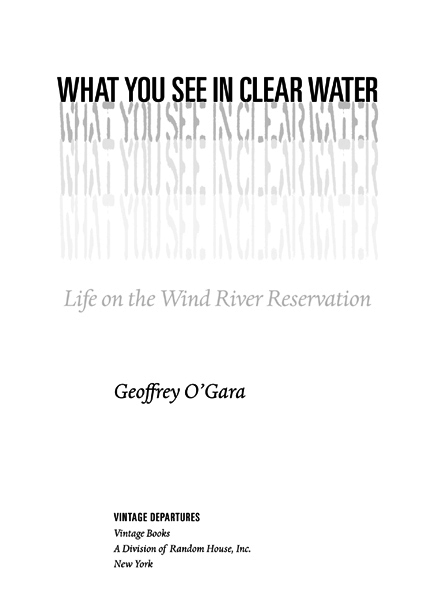
 FIRST VINTAGE DEPARTURES EDITION, AUGUST 2002
FIRST VINTAGE DEPARTURES EDITION, AUGUST 2002